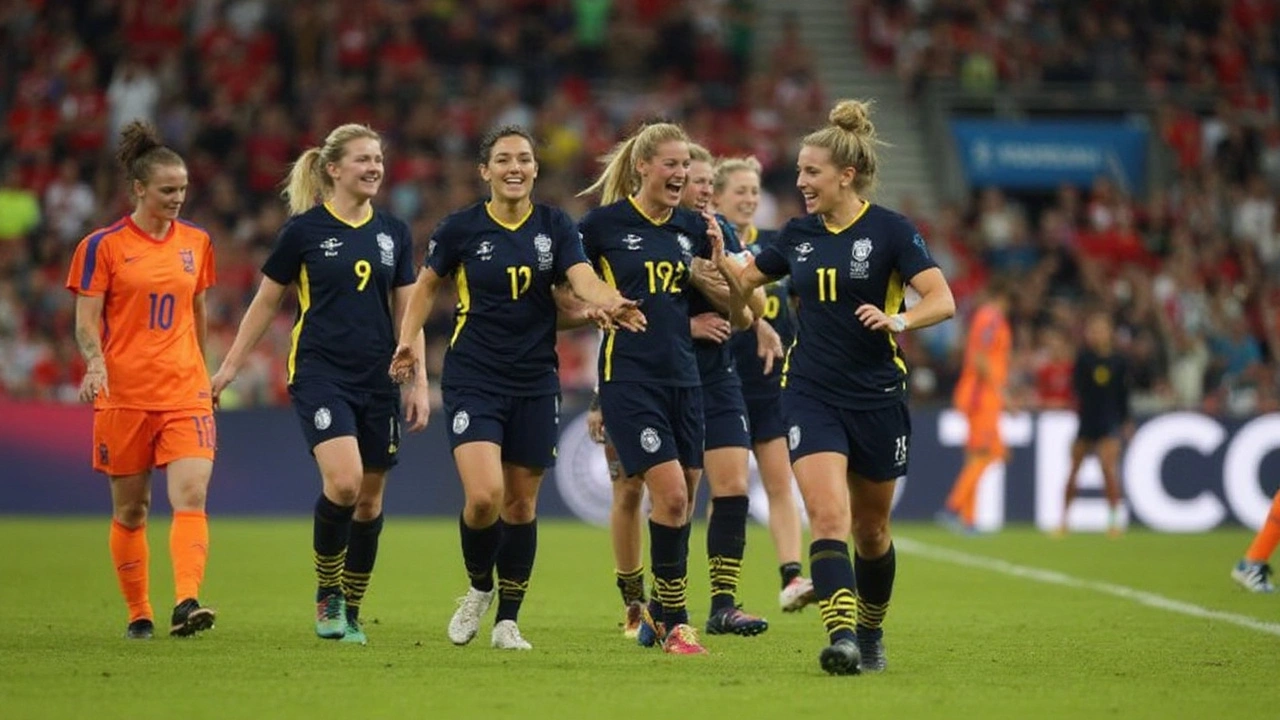UEFA Women's Nations League: All You Need to Know
Looking for the quickest way to understand the UEFA Women's Nations League? You’re in the right spot. This competition is reshaping international women’s football, giving fans more meaningful matches and a clear path to the big tournaments.
How the competition works
The league is split into three divisions – A, B and C – based on each nation’s ranking. Each division has groups of three or four teams. Teams play home and away matches, earning three points for a win and one for a draw.
At the end of the group stage, the top team in each A‑division group moves on to a knockout round that decides the Nations League champion. Meanwhile, the bottom teams in Division A drop down to B, and the winners of B and C move up. This promotion‑relegation system keeps the stakes high for every match.
What to watch this season
England, France, Germany and Spain are the heavyweights in Division A. England’s attacking trio and France’s solid defense make their clashes worth a look. In Division B, the Netherlands and Norway are pushing for promotion, and they’ve already shown plenty of flair in recent games.
One of the biggest stories so far is the comeback win by Denmark against Italy, a 3‑2 thriller that highlighted the rise of young talent like Emma Hansen. That match also proved the league’s ability to produce drama, something fans have missed in friendlies.
Upcoming fixtures include the England‑France showdown on October 12th and a Spain vs Germany clash on October 15th. Both games are broadcast live on UEFA’s official site and on major sports channels in the UK and Europe.
If you want to keep up in real time, follow the UEFA Women’s Nations League hashtag on Twitter, or join the discussion on the official UEFA app. The app sends push notifications for kick‑off times, goal alerts and post‑match analysis.
The league isn’t just about the games. It’s giving smaller nations a chance to test themselves against stronger opponents, which helps raise the overall level of women’s football. Countries like Scotland and the Republic of Ireland have already logged their first wins against higher‑ranked teams, boosting confidence and fan interest back home.
For fans planning to watch live, most stadiums are offering family‑friendly packages and affordable tickets. Arrive early, grab a coffee at the fan zone, and you’ll get a full matchday experience that’s hard to beat.
Bottom line: the UEFA Women’s Nations League is the fastest‑growing part of the international calendar. Whether you’re a casual viewer or a die‑hard supporter, the league’s format, promotion drama and star players give you plenty to talk about each week.
